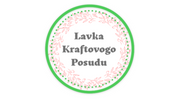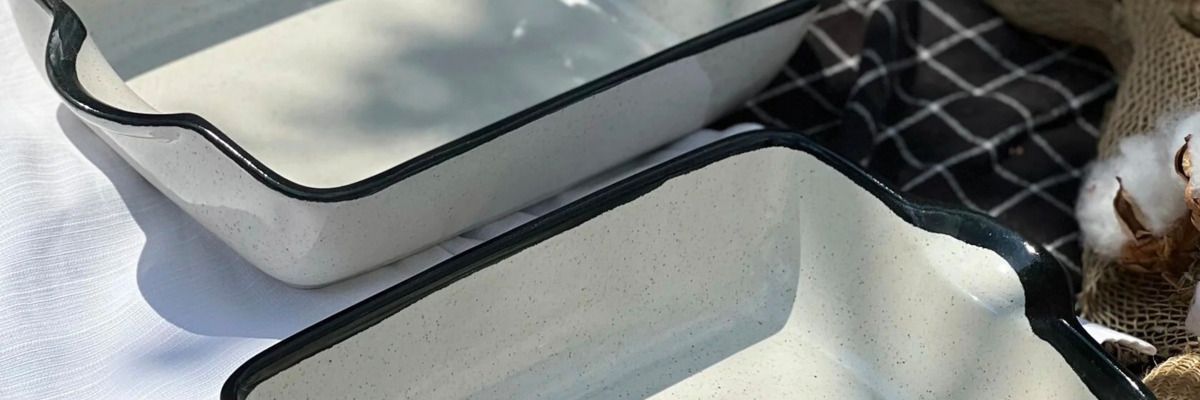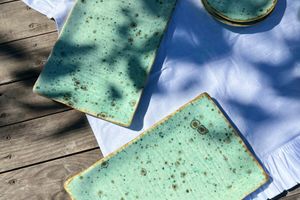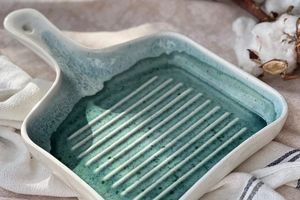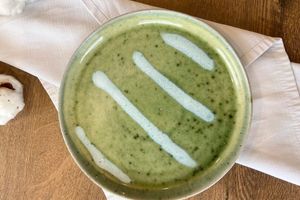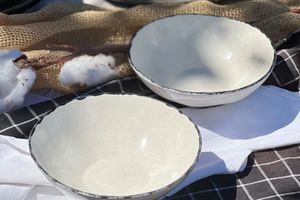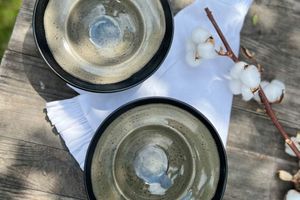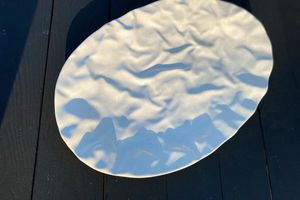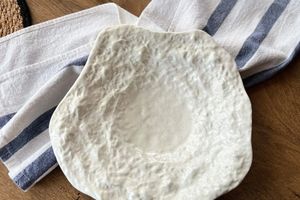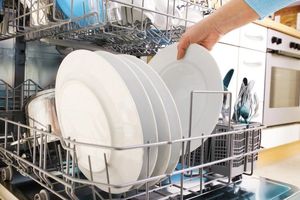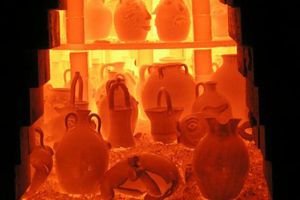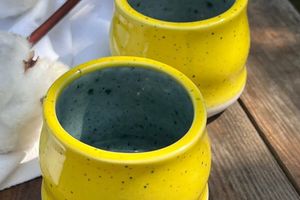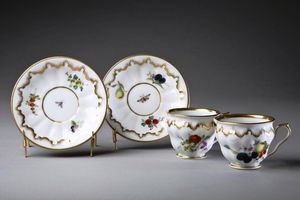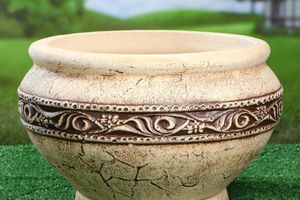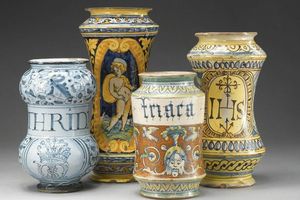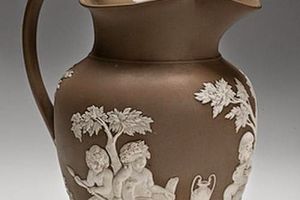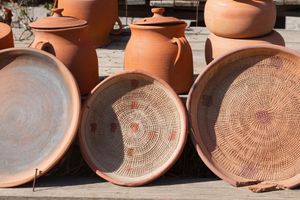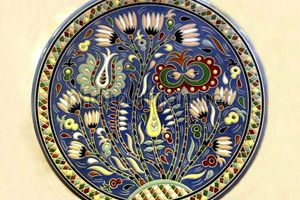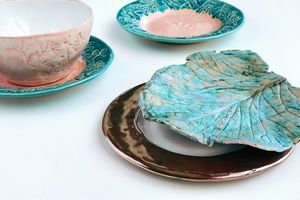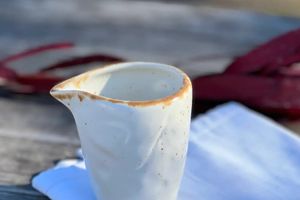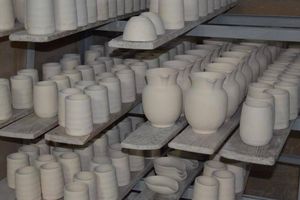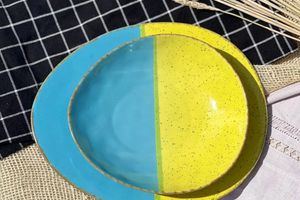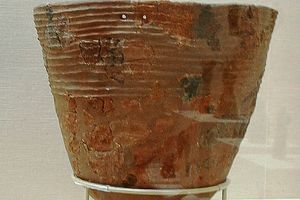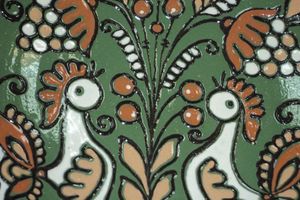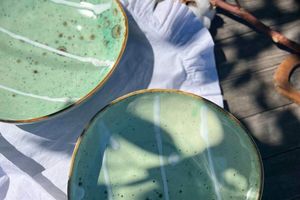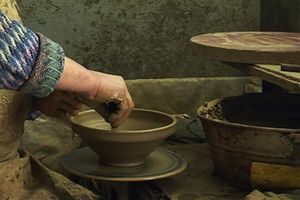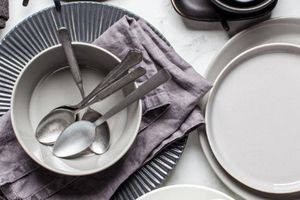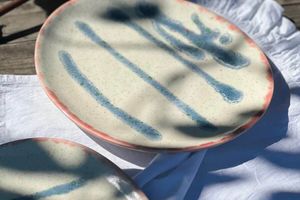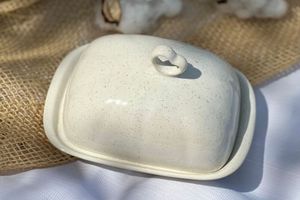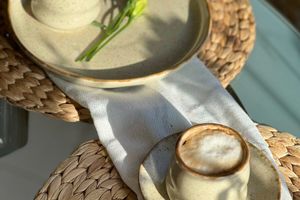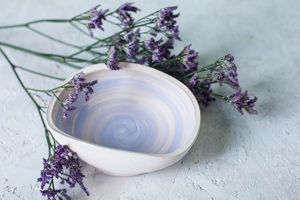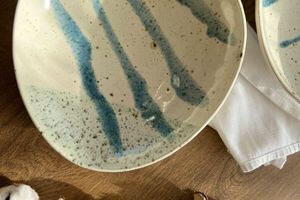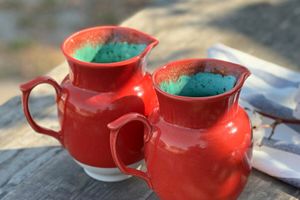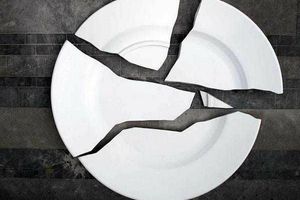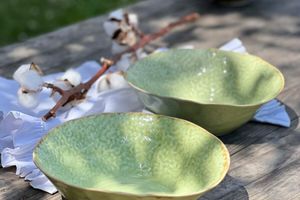Baking food in a ceramic form is a culinary tradition that has ancient roots and is popular all over the world. Using ceramic forms for cooking not only gives food a special taste, but also preserves its nutritional properties. Let's consider why ceramics give dishes such a great taste and what advantages it offers in the cooking process.
Reasons why the taste of food changes when baked in a ceramic form
1. Uniform distribution of heat
Ceramics have the ability to evenly distribute heat over the entire surface of the mold. This means that the food is cooked evenly from all sides, which reduces the risk of burning or undercooking. The even distribution of heat also contributes to better caramelization of the sugars in the ingredients, which gives the dish a richer taste.
2. Conservation of moisture
Ceramic molds retain moisture well inside during cooking, which helps preserve the juiciness and tenderness of meat, vegetables and other ingredients. The moisture that is kept inside the mold allows the dishes to cook in their own juice, preserving the natural aroma and taste.
3. Neutral material
Ceramic is an inert material that does not react with food at high temperatures. This ensures the preservation of the natural taste of the ingredients without mixing with unpleasant flavors that can occur when using metal molds.
4. Preservation of aroma
Ceramic molds perfectly preserve the aromas of the ingredients that are mixed during cooking. This creates a richer and more complex taste of the dish, since aromatic oils and spices are evenly distributed throughout the volume of the dish.
5. Slow heating and cooling
Ceramic heats up and cools down more slowly than other materials, which allows you to continue the cooking process after turning off the oven. This is especially useful for dishes that require a long simmer or slow simmer, such as casseroles or stews.
Advantages of using ceramic forms for baking
1. Aesthetics and presentation
Ceramic dishes usually have an attractive appearance and can be used to serve food directly to the table. This reduces the number of dishes to wash and creates a homely, cozy atmosphere during meals.
2. Versatility
Ceramic pans are suitable for preparing a variety of dishes, including casseroles, pies, stews, breads and desserts. They can withstand high temperatures, making them suitable for use in the oven, microwave and even on the grill.
3. Environmental friendliness
Ceramics are made from natural materials and are an environmentally friendly choice for cooking. Unlike some non-stick coatings, ceramics do not contain harmful chemicals.
4. Ease of care
Ceramic molds are easy to clean and are usually dishwasher safe. In addition, they are resistant to scratches and stains, which preserves their attractive appearance for a long time.
Tips for using ceramic baking forms
Avoid sudden temperature changes: Do not put a cold ceramic mold in a hot oven. This can cause cracking. Always allow the mold to warm slightly to room temperature before use.
Use liners: To prevent food from sticking, use parchment liners or grease the pan with oil before baking.
Allow the dish to rest: After cooking, let the dish cool slightly in the form. This will allow the food to be cut better and retain its structure.
Conclusion
Baking food in a ceramic form is a great way to get tasty and aromatic dishes with minimal effort. Thanks to the even distribution of heat, preservation of moisture and neutrality of the material, ceramic forms help to reveal the full potential of the taste and aroma of your favorite recipes. By using ceramic molds, you not only get a great result, but also make a choice in favor of healthy and environmentally friendly cooking.
